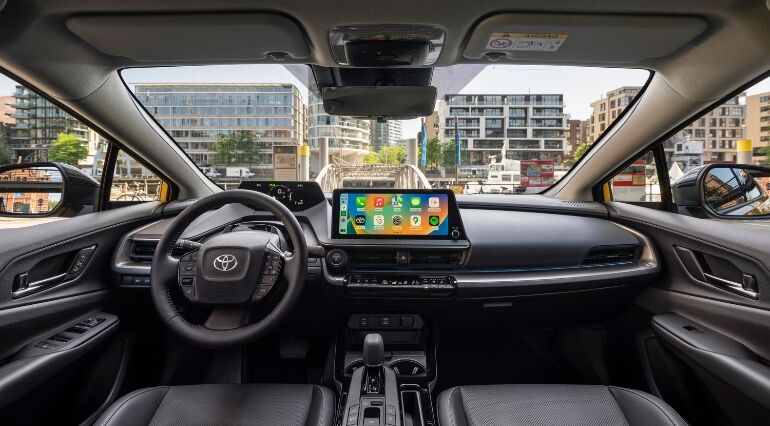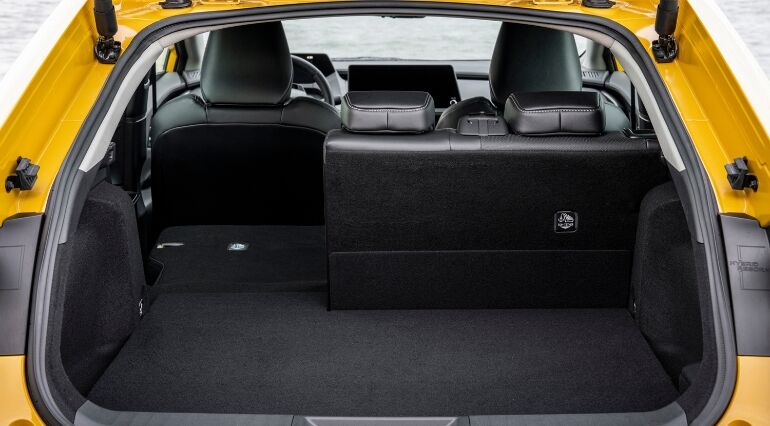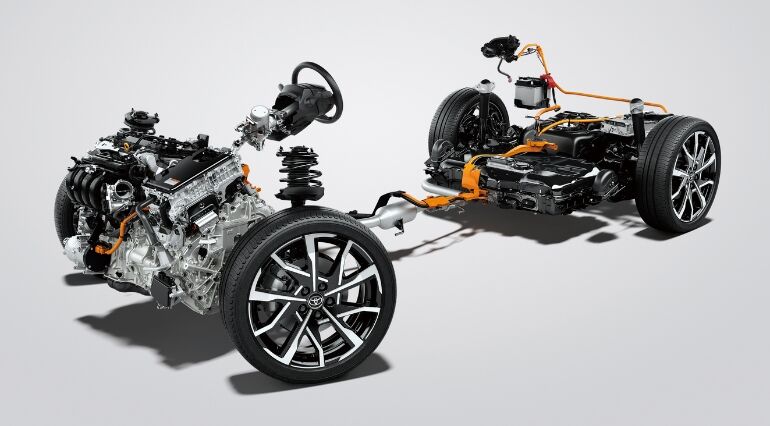Join the conversation
We love to hear from our customers. Connect with us today and let’s start a conversation.
...searching

Following a recent U-turn from Toyota HQ, the UK will now receive the new fifth generation Prius. Find out what’s been changed to keep this hybrid pioneer relevant in a crowded HEV market.
As the world’s first mass-produced hybrid car, the Toyota Prius was revolutionary when it premiered back in 1997. Offering incredible fuel economy and unheard-of environmental credentials, the first-generation model lay the groundwork to make Prius the eminent ‘eco’ car of its time.
However, in the intervening two decades there has been a seismic shift in the way society looks at hybrid vehicles. No longer the preserve of particularly devout environmental warriors, almost every manufacturer now offers a vehicle with at least partial electrification. Great for the planet, not so good for Prius.
To make things more challenging, the original HEV has faced friendly fire from Toyota’s own line-up. In particular, electrified SUVs such as the CH-R have been gradually eroding Prius’s market share. Ultimately, this led Toyota to question whether it should be included on the UK sales roster, but after a ground-up redesign the Prius is back and rearing to reclaim its slice of the pie.
Here are five key revisions Toyota hopes will put Prius back on the map.

Toyota says the 5th generation model is a sleeker, sportier take on the iconic Prius wedge shape. To achieve this, the new car sits a sizeable 50mm lower than the old one, while the wheelbase has grown by the same margin. As a finishing touch, new 19-inch machined aluminum wheels come as standard – offering greater road presence and an improved aerodynamic profile. Suffice to say it’s no Jaguar E-type, but Toyota’s additions have given the Prius a more athletic appearance than before.

While it was never intended to challenge a Mercedes S-Class for interior ambiance, previous iterations of Prius were caught lacking in this department by more polished hybrids such as Honda’s Civic e:HEV. As such, the new car steps things up. A panoramic roof gives the cabin a light and airy feel, while synthetic leather seats and bezel-less switchgear offer a more premium look.

The original car was excused of dreary performance, on account of the stellar efficiency. Now that other marques have proven the two don’t have to be mutually exclusive, the Prius packs more power too. In 221 bhp four-wheel-drive guise it will crack the 0-60 mph dash in just 6.8 seconds – a time which would have put it in hot-hatch territory not too long ago.

It’s rare for a manufacturer to quote an exact glovebox capacity in their promotional literature, nevertheless, Toyota is so proud of its larger cubby it wants the world to know it’s now 7 litres deep. As well as nearly infinite glove storage possibilities, buyers will benefit from a 30 litre bigger boot (now 284 litres) and a centre console accessible to rear seat passengers.

Producing just 11 g/km of C02, this is the lowest emitting Prius ever. It’s also capable of 43 miles of pure electric driving – aided by a roof mounted solar panel which is said to contribute nearly 800 miles worth of electric motoring per year. While no official fuel economy figures have been released, it stands to reason that the new car will improve upon the fourth generation’s incredible (if not always achievable) 235mpg combined figure.
Well, there you have it, the all-new Prius is coming to British shores and its set to be the best one yet. But do you think Toyota’s improvements will be enough to put the Prius back on people’s radar?
Hero image credit: Toyota
We love to hear from our customers. Connect with us today and let’s start a conversation.